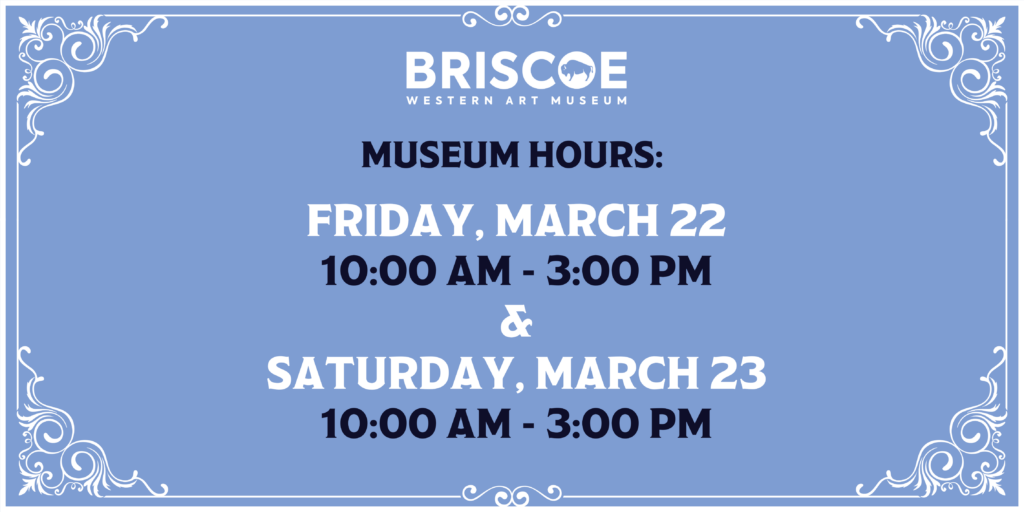Texas Icons

When people conjure up images of the Lonestar state, Texas cattle must appear top of mind as iconic emblems of the state’s thriving and historic agriculture industry. Perhaps the best-known breed is the Texas Longhorn, seen in Xiang Zhang’s work Black and White. Introduced into the state up from Mexico in the late 17th century by Spanish settlers, the hardy, heat-tolerant longhorns roamed the countryside before becoming domesticated in the mid-1800s when the cattle industry took off and trail drives boomed. Zhang’s colorful palette is served well by the breed’s variety of color patterns—seen here in their dappled red and white, speckled black, spotted grey, and full reddish-brown coats. His solid grey background gives the appearance of the cattle being driven through the streets of a market, closely guided by their riders, as they cut a slow, winding path to the auction pen. The purple-grey shadows thrown off by the figures help to guide the viewer’s eye down and through the canvas, and emphasize the cattle’s iconic longhorns.

Tom Browning’s painting, Texas Drive, portrays a contemplative scene of two cowboys ushering a herd of Angus through a landscape blooming with Texas bear-grass. As a member of the Cowboy Artists of America, Browning is interested in capturing the culture, landscape, and wildlife of the American West using a traditional and romantic artistic style. The subtle atmospheric effect of dust mixing in the air lends a slight haze to an otherwise blue sky. Angus cattle were introduced into America from Scotland in the 1873 and soon became a popular breed with ranchers because they were less aggressive than horned-cattle and could be stocked on the land in larger numbers.
BECOME A MEMBER
Help us bring the spirit of the West alive by becoming a Briscoe Partner!
Click here to become a member!
SUPPORT THE MUSEUM
Governor Dolph Briscoe and his wife Janey envisioned a Museum that would preserve the stories and traditions of the American West.






